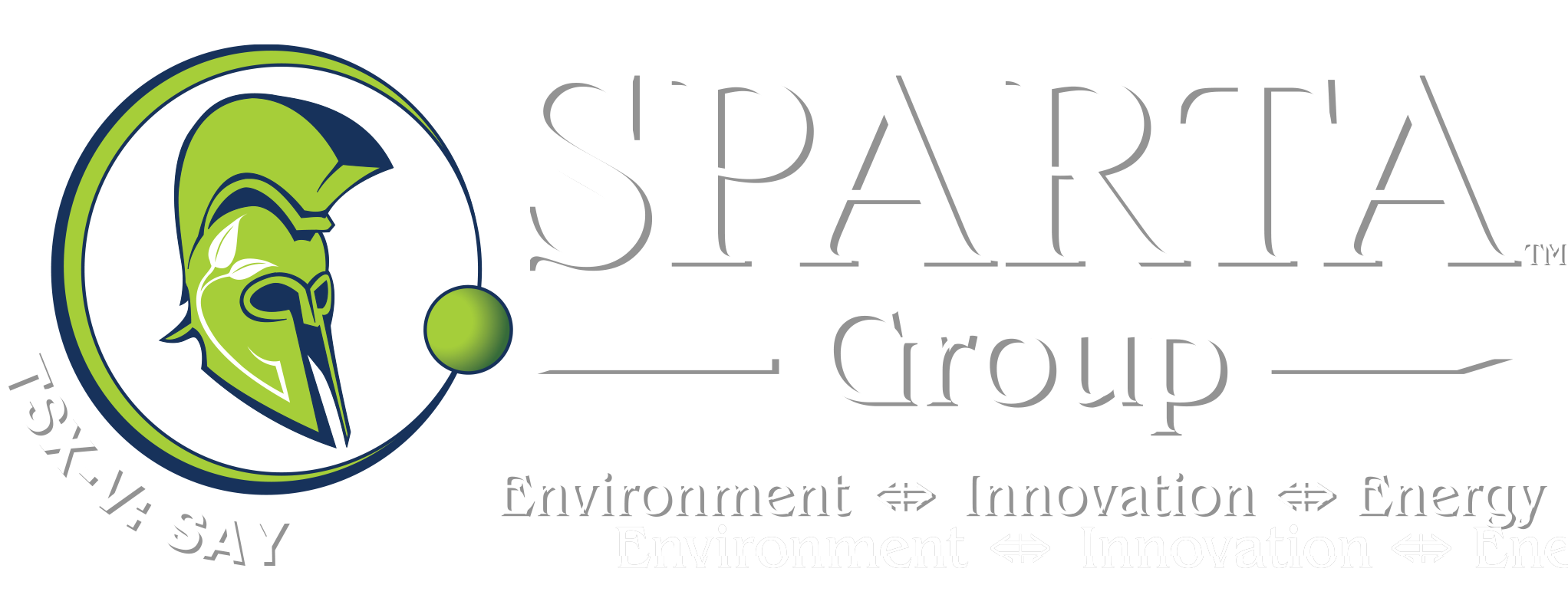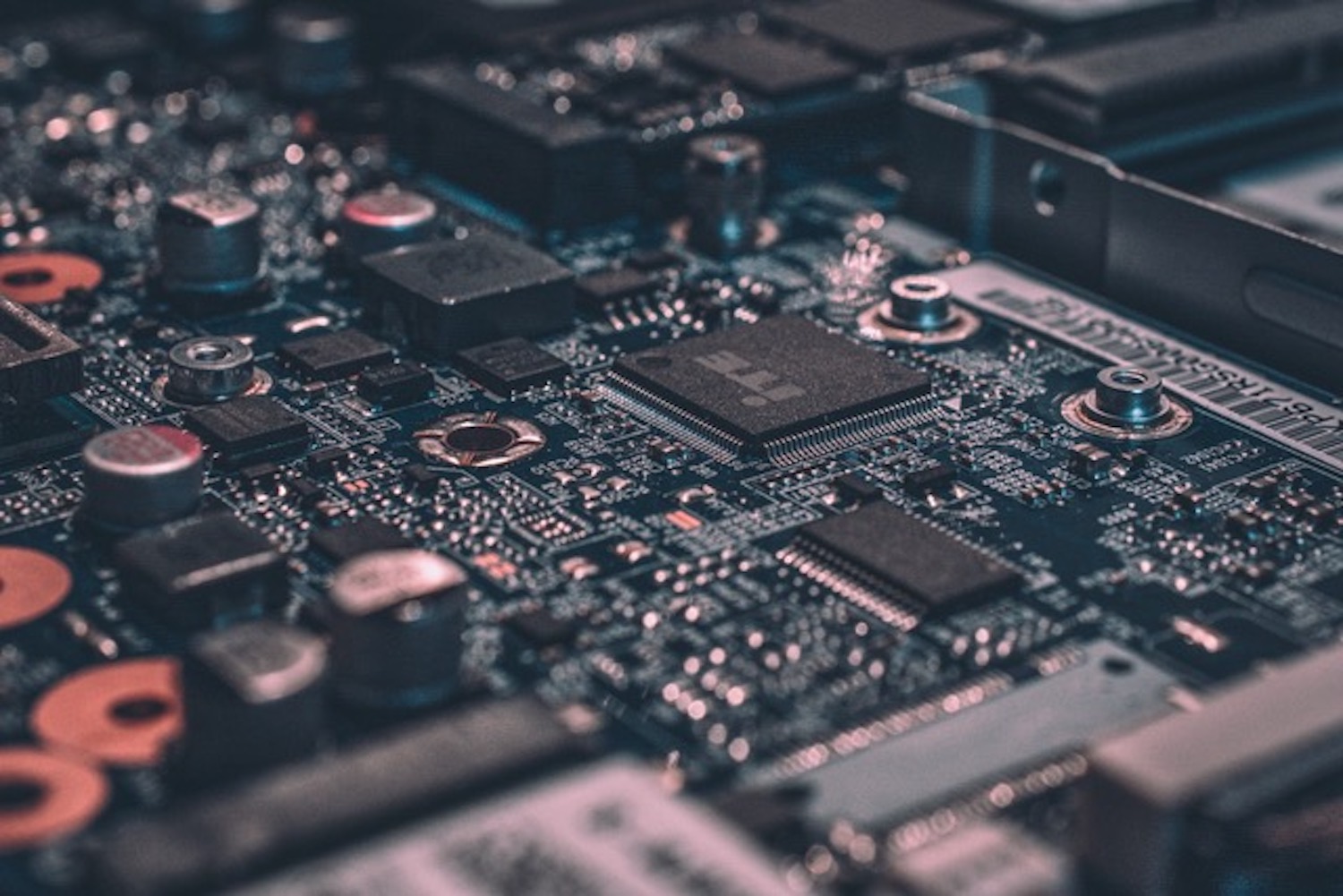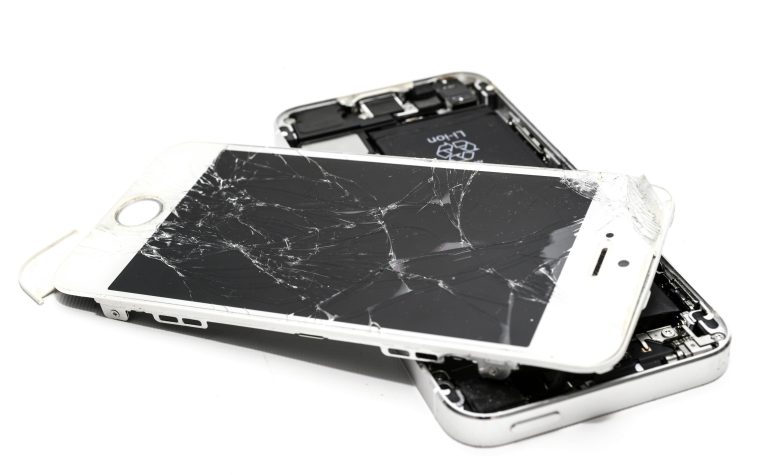– Lane Simond:
Solutions powered by IoT are transforming the energy sector in ways many engineers would not have imagined years ago. IoT applications that involve sensors are improving asset and industrial efficiency, leading to increased revenue, and more effective use of resources. However, these benefits appear to be just the beginning.
Sparta Group’s Energy division offers devices/systems that are sensor-based and allow for growth. For instance, its Metrikus platform has everything a business operator needs to make a space more energy, time, and cost efficient. Using data-aggregation software, the Metrikus approach provides actionable insights to allow you to decrease energy waste, identify underutilized office space, and address indoor air quality.
“There are so many advantages to implementing the Internet of Things within the energy sector. It provides managers with what they need to make good decisions, it provides advanced analytics, and can identify cost savings for a company. The fact that IoT and sensor tech is constantly evolving means we can look forward to offering our customers more solutions tailored to their needs,” said John O’Bireck, Sparta President and CTO.
Tracking with Sensors
Right now, scientists are working to develop smaller sensors that would allow us to make virtually any object trackable. These fingertip-sized sensors have tiny batteries that are very difficult to replace so engineers have developed what they call, wake-up receivers to keep devices in low-power mode when not in use. Researchers at MIT have created such a receiver that has a built-in authentication system that protects the device from the type of attack that could drain its battery. Receivers that wake-up devices are not new, but they are designed on the centimeter scale. In this case, the MIT team developed a receiver that uses terahertz waves. They are one-tenth the length of radio waves. Their chip is not much bigger than 1 millimeter in size.
MIT News published the following quote from the lead author of the research project:
“By using terahertz frequencies, we can make an antenna that is only a few hundred micrometers on each side, which is a very small size. This means we can integrate these antennas to the chip, creating a fully integrated solution. Ultimately, this enabled us to build a very small wake-up receiver that could be attached to tiny sensors or radios,” said Euneseok Lee
Lee and his colleagues hope to one day demonstrate the receiver in tiny sensors and adjust the technology for use in real-world devices.
“When we hear about efforts like this, it is hard not to get excited about the future,” O’Bireck stated.



